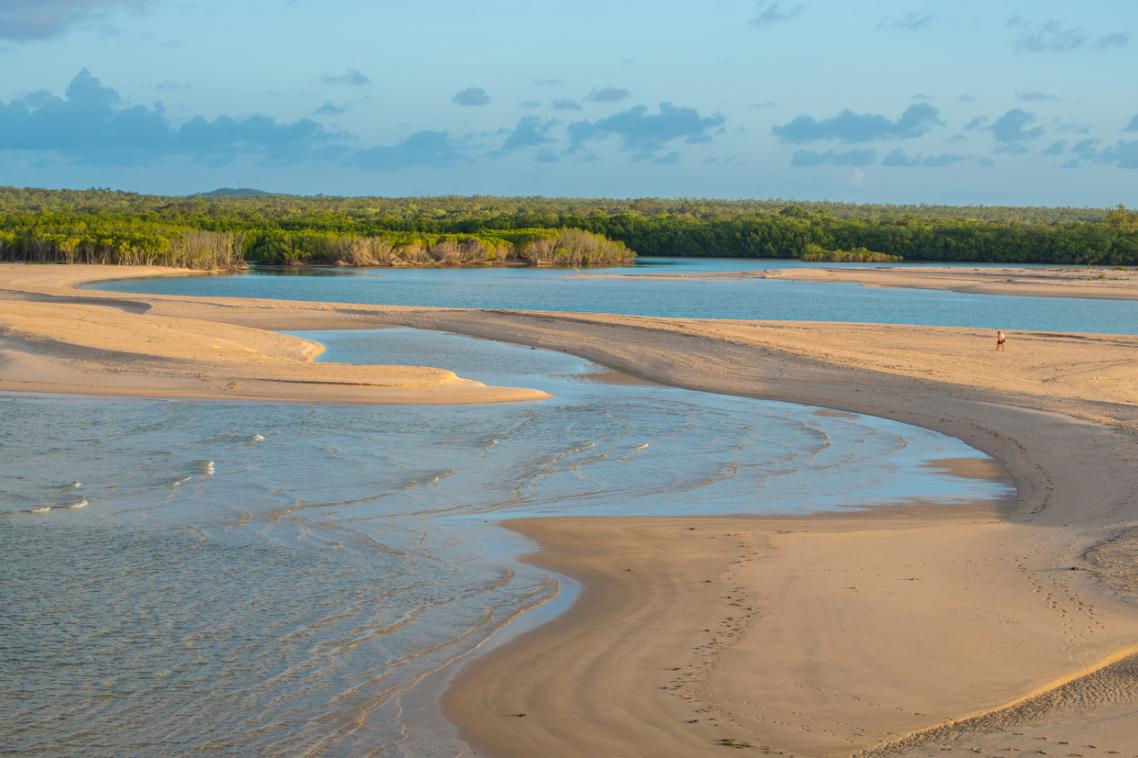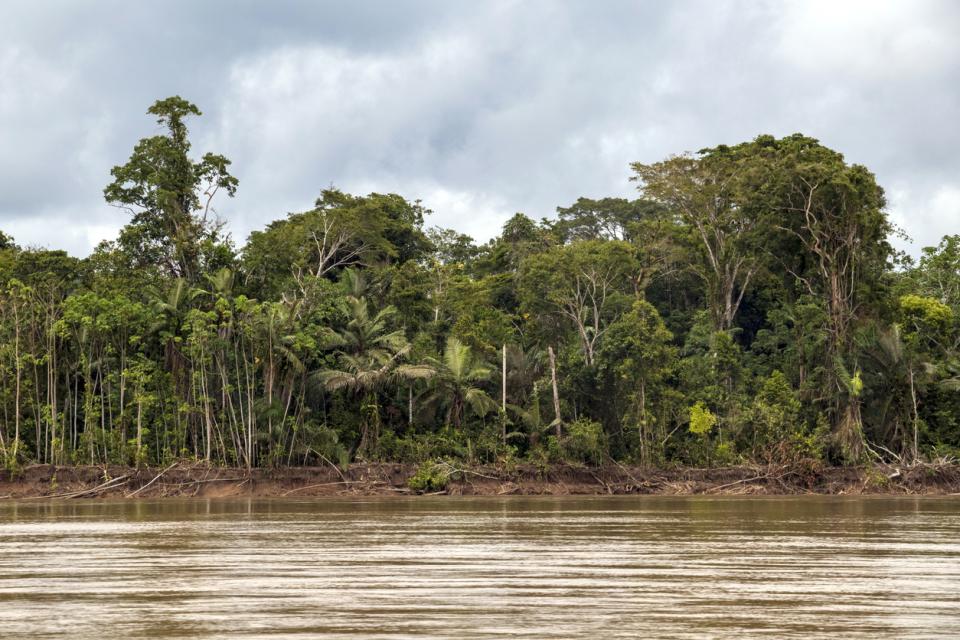Wilderness areas halve extinction risk

The global conservation community has been urged to adopt a specific target to protect the world’s remaining wilderness areas to prevent large scale loss of at-risk species.
A University of Queensland and CSIRO study has found that wilderness areas – where human impact is minimal or absent – halves the global risk of species extinction.
UQ Centre for Biodiversity and Conservation Science Director Professor James Watson said vital wilderness areas could not be restored so urgent action was needed to ensure these areas were marked for conservation and remained protected.
“Wilderness areas have decreased by more than three million square kilometres – half the size of Australia - since the 1990s,” Professor Watson said.
“Once these wilderness areas are gone, they are lost forever.”
CSIRO researcher and UQ Adjunct Fellow Dr Moreno Di Marco said wilderness areas acted as a buffer against extinction risk, and the risk of species loss was more than twice as high for biological communities found outside wilderness areas.

Vital ‘at risk’ wilderness areas include parts of Arnhem Land, areas surrounding the Madidi National Park in the Bolivian Amazon, partially protected forests in Southern British Columbia, and surrounding savannah areas within the Zemongo Reserve in the Central African Republic.
The researchers used new global biodiversity modelling infrastructure developed at CSIRO integrated with the latest wilderness map developed by UQ, University of Northern British Colombia and the Wildlife Conservation Society.
The study provided fine-scale estimates of probability of species loss around the globe.
Professor Watson said that beyond saving biodiversity, Earth’s remaining intact ecosystems are critical in also abating climate change, regulating essential biogeochemical and water cycles, and ensuring the retention of long-term bio-cultural connections of indigenous communities.
This study, published in Nature, is a collaboration between UQ, CSRIO and The Wildlife Conservation Society (https://doi.org/10.1038/s41586-019-1567-7).
Media: Professor James Watson, james.watson@uq.edu.au, +61 409 185 592; Julie Baglot, j.baglot@uq.edu.au, +61 411 162 577.
Related articles

New data reveals how Australia’s threatened reptiles and frogs are disappearing – and what we have to do

Sunlight-powered breakthrough turns methane into valuable ethylene
Media contact
UQ Communications
communications@uq.edu.au
+61 429 056 139
